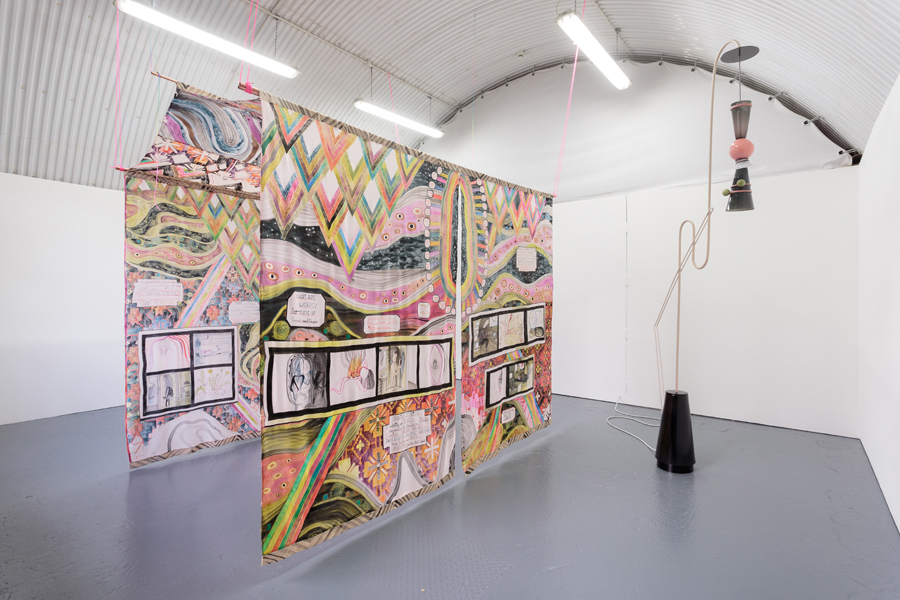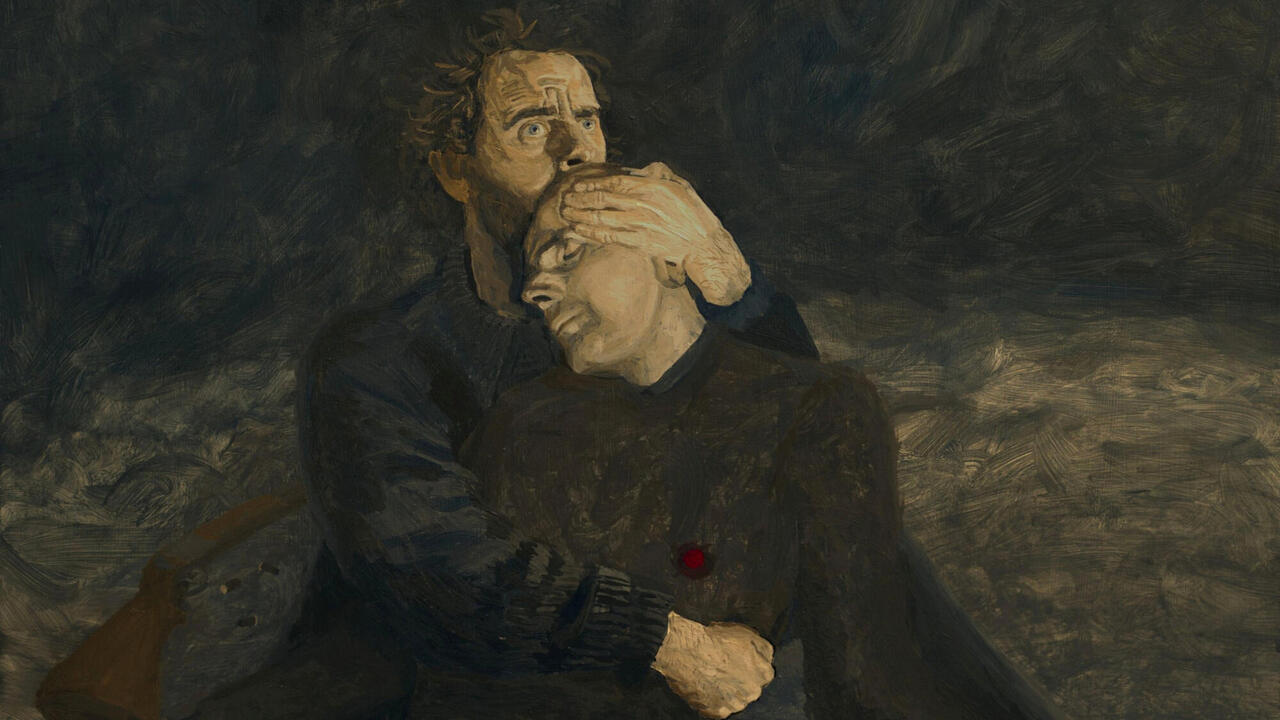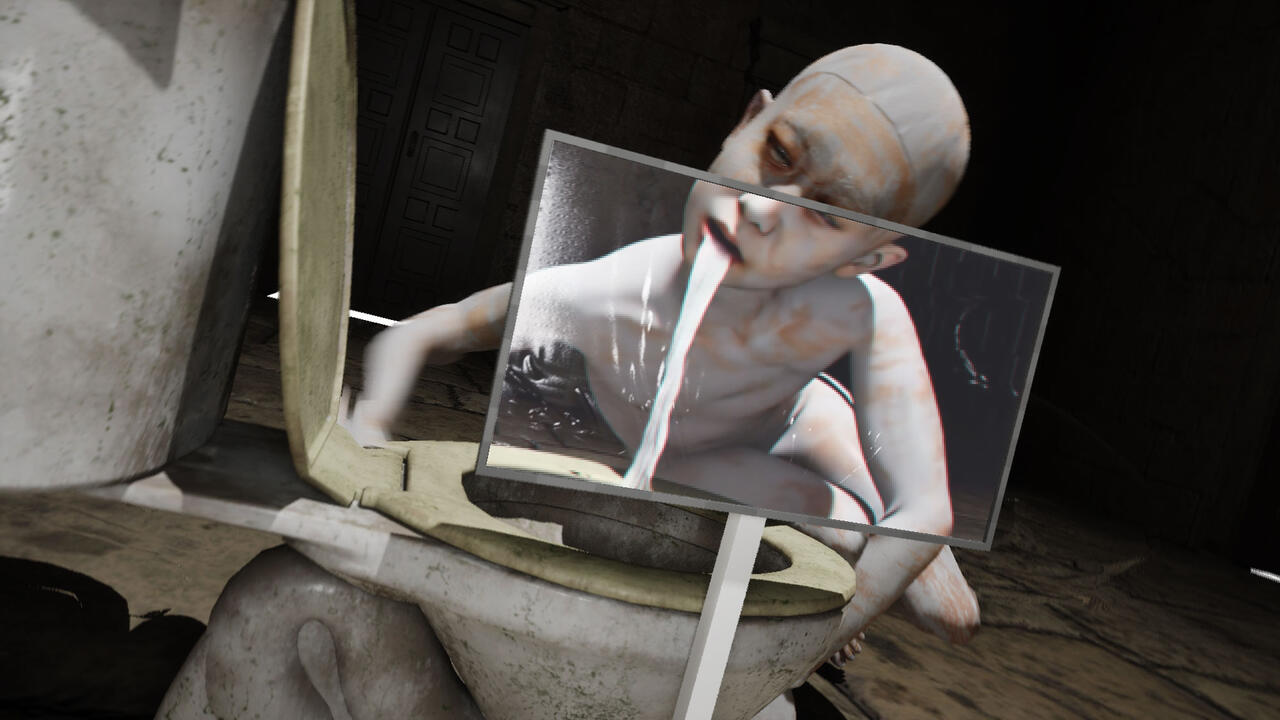The Sharing Community
Are ‘collaborative exhibitions’ the future for galleries?
Are ‘collaborative exhibitions’ the future for galleries?

‘In the art world, as in the wider world, community can provide an answer to some fundamental problems,’ says Vanessa Carlos, sitting in her East London gallery Carlos/Ishikawa. ‘The dissolution of community is happening at every level. We have to hold on to it in any way we can.’
Innovative responses outside the art community to entrenched financial problems – whether cohousing, where housing space is shared and community activities and decision-making are prioritized, or crowdsourcing the purchase of debt and then cancelling it – should motivate others. ‘When complaining about over-commercialization and homogenization, all levels have to take responsibility for the way things are now, including artists and collectors,’ adds Carlos. ‘People are moaning about the way things are, and are shocked when galleries close, but then they need to support us too’.

Carlos founded the ‘collaborative exhibition’ Condo in 2016 partly as a response to the repeated closures of galleries in art centres worldwide, the result of a polarized market wrestling with rent hikes and fair fees. It is also ‘a reaction to an over-commercialized setting for commercial galleries, proposing a slower way of looking that isn’t scrolling down a blog or blasting down the aisle of an art fair,’ she says – so in essence, part of a broader slow movement calming a quickening cultural pulse. A New York version of Condo began earlier this year, with new Condos launching in Shanghai and Mexico City in 2018. Similar projects inspired partly by Condo – Ruberta in Los Angeles and Okey Dokey in Dusseldorf and Cologne – debuted this September.
Though these arrangements might not be legally formalized, galleries can mould cooperative-style models to fit. Condo's galleries in effect share infrastructure, marketing and relationship development costs, running for around a month with 36 international galleries in 15 London spaces this year. There is no participation fee, host galleries all shoulder the costs of the opening party, and subsequently pocket any individual profits they make. Carlos emails a rubric of organizational advice upon request, but says it is not indefinitely expandable. ‘I don't want to do Condo 50 times a year, but you're welcome to develop the same model in your city,’ says Carlos. ‘I share all my information and say good luck.’

Like all good ideas freely available, it has proliferated. With Condo partially in mind, Ruberta co-founder Brett Schultz has teamed up with Latin American collaborators Lodos, Galería Agustina Ferreyra, Proyectos Ultravioleta and Carne and adapted the original concept to a space working longer term. Schultz – who established Mexico City's Yautepec gallery, now BWSMX, in 2008 – was offered a former garage in the Glendale neighbourhood of Los Angeles as a new outpost by some friends, but decided to split the burden. From September, Ruberta's initial lease is for 12 months, with the galleries collaborating on a group show and then each taking over the building in succession. They have committed to the project for at least two years.
‘We're working with young artists who might not have markets,’ Schultz says. ‘It's about developing them. We need to have ways of achieving contacts in other cities outside art fairs. The art fair will continue to be important, it does serve its purpose, but on its own is too risky for younger artists to achieve that kind of visibility.’

Such systems rely on reciprocal trust, and are thus vulnerable – perhaps explaining their formation among like-minded peers. Like Carlos, Schultz relies on his immediate network as his collaborators, making decisions consensually. The group shares the same digital marketing channel, and openly trade contacts. ‘Any time you're dealing with group dynamics you have to find that way of working together and what you've got is a mix of personalities,’ he says. ‘But I think everyone's intentions are in the right place here.’
What also unites such groups is a fresh approach compared to more established galleries built on earlier, different markets. ‘I am happy because we are trying to successfully achieve a moment. There's [now] a critical number of galleries that can collaborate in Dusseldorf and Cologne,’ says Max Mayer, one of the founders of Okey Dokey, which in September saw Rhineland galleries invite visitors from cities including Tokyo, London and Paris. He says the initiative counteracts historic competition between the two cities.

‘We can prove we are contemporary, part of the present moment, actively shaping what it means to run galleries today,’ he adds. ‘Not in Berlin or Hamburg or Munich. But here.’ Mayer started the initiative with Cologne gallerists Laura Henseler at Ginerva Gambino and Jan Kaps. The approach is relatively hands off: Mayer says the trio decide on the hosts, with those participants then picking whom they invite. Once teamed up, people figure out business arrangements between them – it’s a more personal way of working. ‘One big part of Okey Dokey and what I see in Condo is bringing people back to the galleries,’ Mayer says. ‘Meeting new galleries, new people, being exposed in a different context. It doesn't need to happen in a highly restricted space like an art fair. We have the power to do that partially on our own. It feels very powerful and exciting.’
So such models are reproducing, by design or necessity. Where could a community-focused approach go from here? Carlos talks of digital platforms to ferry equipment between galleries, and transnational networks for self-organized artist residencies spanning continents. A suspension of cynicism, you might say, and an acknowledgment of much-needed care. ‘What's amazing is how the division of labour works,’ says Carlos. ‘There's not too much work for anyone along the line. Nobody has to give that much. A lot of galleries assume competition, but it's nice to collaborate in this way.’
Main image: Okey Dokey graphic. Courtesy: Okey Dokey





















